ECOSICKNESS in Contemporary U.S. Fiction
LITERATURE NOW
LITERATURE NOW
Matthew Hart, David James, and Rebecca L. Walkowitz, series editors
Literature Now offers a distinct vision of late-twentieth- and early-twenty-first-century literary culture. Addressing contemporary literature and the ways we understand its meaning, the series includes books that are comparative and transnational in scope as well as those that focus on national and regional literary cultures.
Toward the Geopolitical Novel: U.S. Fiction in the Twenty-First Century,
CAREN IRR
ECOSICKNESS
in Contemporary U.S. Fiction
Environment and Affect
HEATHER HOUSER
Columbia University Press

New York
Columbia University Press
Publishers Since 1893
New York Chichester, West Sussex
cup.columbia.edu
Copyright 2014 Columbia University Press
All rights reserved
E-ISBN 978-0-231-53736-0
Library of Congress Cataloging-in-Publication Data
Houser, Heather.
Ecosickness in Contemporary U.S. Fiction. Environment and Affect / Heather Houser
pages cm. (Literature Now)
Includes bibliographical references and index.
ISBN 978-0-231-16514-3 (cloth: alk. paper) ISBN 978-0-231-53736-0 (e-book)
1. American literatureHistory and criticism. 2. Environmentalism in literature. 3. Diseases in literature. 4. Ecocriticism. I. Title.
PS169.E25H68 2014
810.936dc23
2013041366
A Columbia University Press E-book.
CUP would be pleased to hear about your reading experience with this e-book at .
Cover image by Olaf Hajek
Cover design by Julia Kushnirsky
References to Web sites (URLs) were accurate at the time of writing. Neither the author nor Columbia University Press is responsible for URLs that may have expired or changed since the manuscript was prepared.
TO BETTE
AND
JAY (19482009)
CONTENTS
Writing a book is an exercise in scholarly collaboration, even when only one authors name appears on the cover. This project came to be under the guidance of stalwart teachers, most notably Ursula Heise, Gavin Jones, David Palumbo-Liu, and Nicholas Jenkins. I have learned and benefited from their deep knowledge, keen eye for argument, commitment to making the bold claim, and attention to the nuances of language and narrative. Ramn Saldvar and Sianne Ngai also enriched this project and offered invaluable counsel. For setting me on the path that led me here, Im grateful to Bill Ray.
At the University of Texas at Austin my colleaguesand friendshave helped me and this project grow with their ready encouragement. Chad Bennett, Gabrielle Calvocoressi, Evan Carton, Neville Hoad, Susannah Hollister, Cole Hutchison, Julia Lee, Lindsay Reckson, Matt Richardson, and Snehal Shingavi provided fresh perspectives on chapters of this book. Cole and Matt Cohen helped me navigate the publishing process. I am grateful to my chairperson, Liz Cullingford, and associate chairperson, Martin Kevorkian, for creating the productive and affable work environment in which a young scholar can thrive. My mentors, Jennifer Wilks and Evan, have also made the first years on the UT faculty fruitful ones. I valued the opportunity to share this work at the Center for Womens and Gender Studies and thank Sue Heinzelman and fellow members of the 2011-2012 Faculty Development Program for their audience. Andrea Golden and Cecilia Smith-Morris help keep the ship afloat. Without Colleen Eilss hard work, deadlines would have melted away along with my sanity.
Allison Carruth encouraged me early on to let my scholarship speak my passions. Thank you. Dear friends Claire Bowen, Joel Burges, Justin Eichenlaub, Harris Feinsod, Michael Hoyer, Ruth Kaplan, and Ju Yon Kim have seen this project in its many stages and have been my brilliant interlocutors (often over whiskey or wine) for years. Kiara Vigil continues to be a close but outside reader. Conversations at Rice University, UC Davis, Macalester College, Williams College, and Stanfords Center for the Study of the Novel and Contemporary Reading Group, as well as conferences for the Association for the Study of Literature and Environment and the American Comparative Literature Association stimulated thought on this book. Priscilla Wald, Sam Cohen, and Lee Konstantinou helped the ideas found herein get an early audience.
Rebecca Walkowitz expressed curiosity about the mind behind this project and brought the book to Matthew Hart and David James, coeditors of the Literature Now series at Columbia University Press. She is a great advocate. At the Press, it has been a privilege to work with editor Philip Leventhal. I also thank the anonymous readers for their critiques, Susan Pensak and Audrey Smith for attention to the manuscript and production, and Whitney Johnson for her patience.
I am grateful for the financial support I have received at all stages of this project, including the following from the University of Texas at Austin: a Book Subvention Grant from the Office of the President, a Summer Research Assignment from the Graduate School Faculty Development Program, and a Center for Womens and Gender Studies Faculty Development Program Fellowship. Support also came from a Mellon Postdoctoral Fellowship at the Center for Environmental Studies at Williams College, the Mrs. Giles Whiting Foundation, Stanford University, and the U.S. Department of Education Jacob K. Javits Program.
An earlier version of appeared as Infinite Jests Environmental Case for Disgust in The Legacy of David Foster Wallace, ed. Samuel Cohen and Lee Konstantinou (Iowa City: University of Iowa Press, 2012), 118142. Reprinted by permission of University of Iowa Press.
Above all, and every day, I thank my mother, Bette Houser. Her love, indomitable will, and appreciation for joy have always guided me. I could never be grateful enough, but know that its always enough. Garrett Houser: we bitch and moan, reminisce, and even brag a little, but you continue to keep me in my place. My love to you both.
The long-term damages of industrialization, specifically chemical production, are manifesting violently not only in expected victims such as workers who handle hazardous materials but also in mothers whose domains are the kitchen, the garden, and the supermarket.
Told in Todd Hayness film Safe (1995) and Richard Powerss novel Gain (1998), respectively, Carols and Lauras stories carry powerful emotions as they alert audiences to conditions of toxic endangerment that impact contemporary Americans. The monosyllabic simplicity of the titles Safe and Gain prepares us for straightforward plots of exposure and resulting illness, but the actual narratives are anything but tidy. They implicate mundane commodities such as Pam cooking spray and Dawn dish soap in somatic illness and elicit horror, in the case of Hayness film, and sentimentality, in Powerss novel. Yet both texts refuse neat causal explanations for these womens medical decline, and their affective power hinges on the uncertainties they sustain. Carol cant help it that she can no longer bear life in the San Fernando Valley, and medical science cant help her much either. Residues of doubt always remain as Carol attempts to pin down the origins of her draining symptoms, just as residues of hair spray linger in the locker room at her gym. Lauras diagnosis, by contrast, is indisputable: tests show that she has cancer, and medical specialists can track her diminishing immune cell count. Nonetheless,

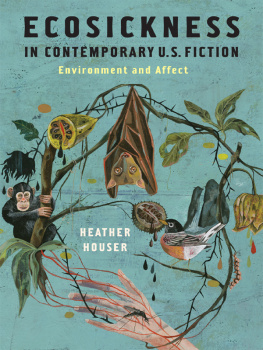
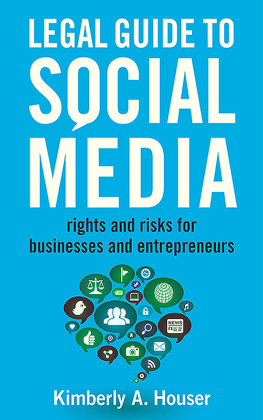

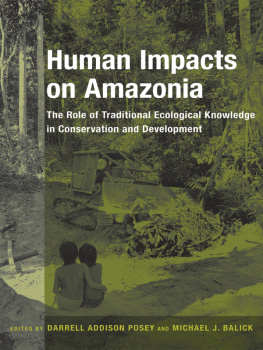
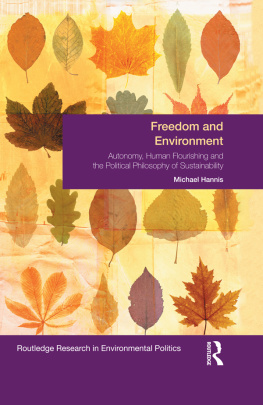

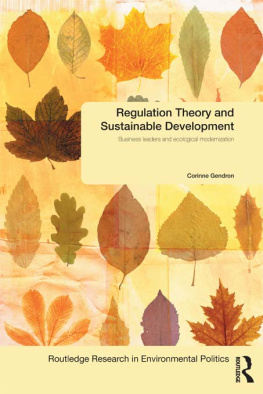

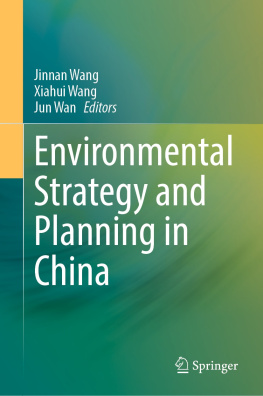
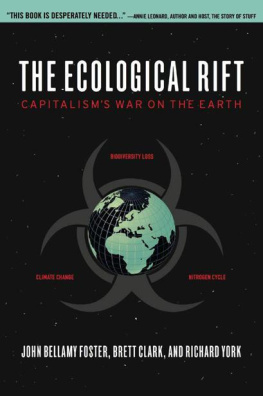
 New York
New York